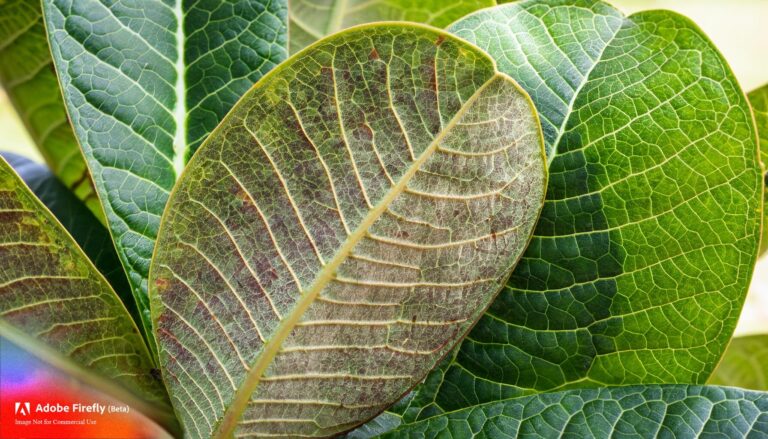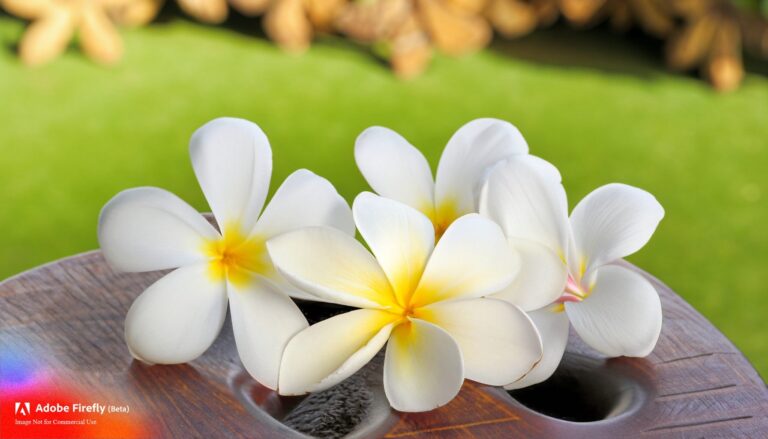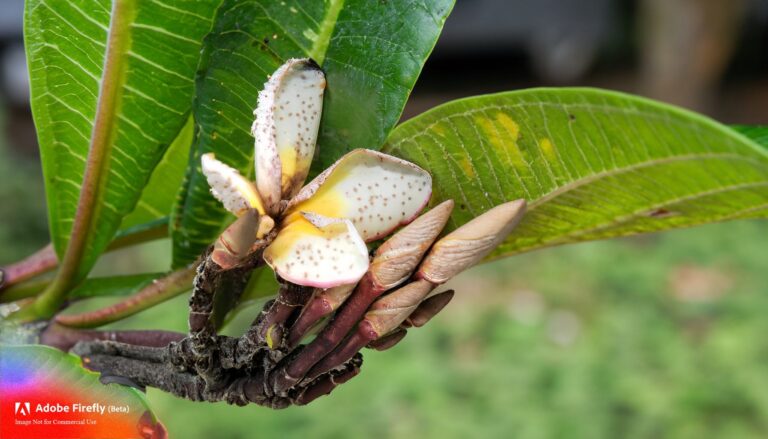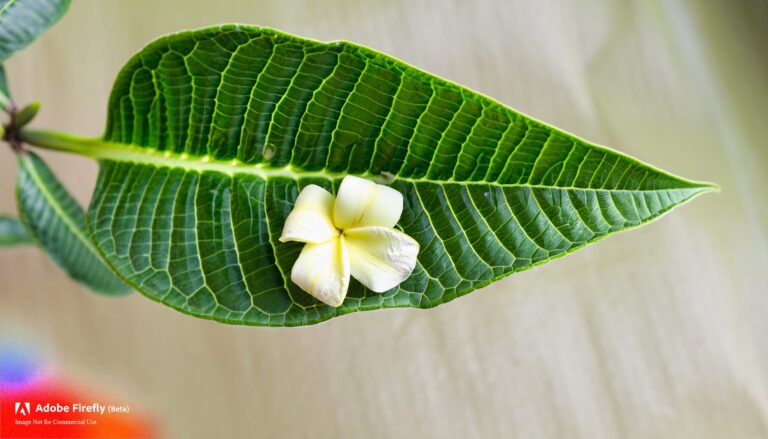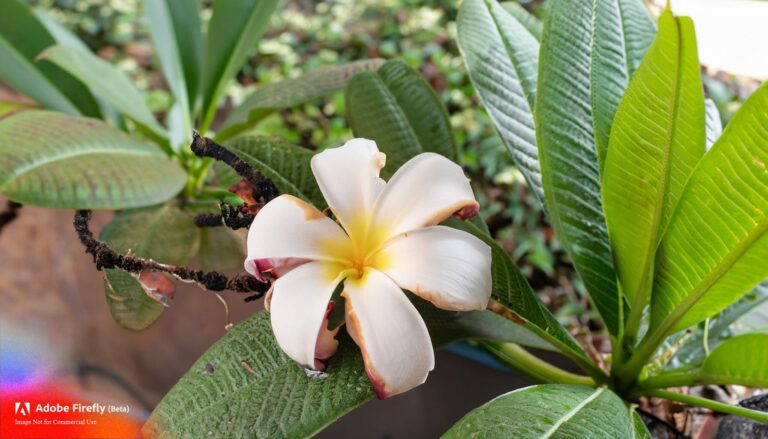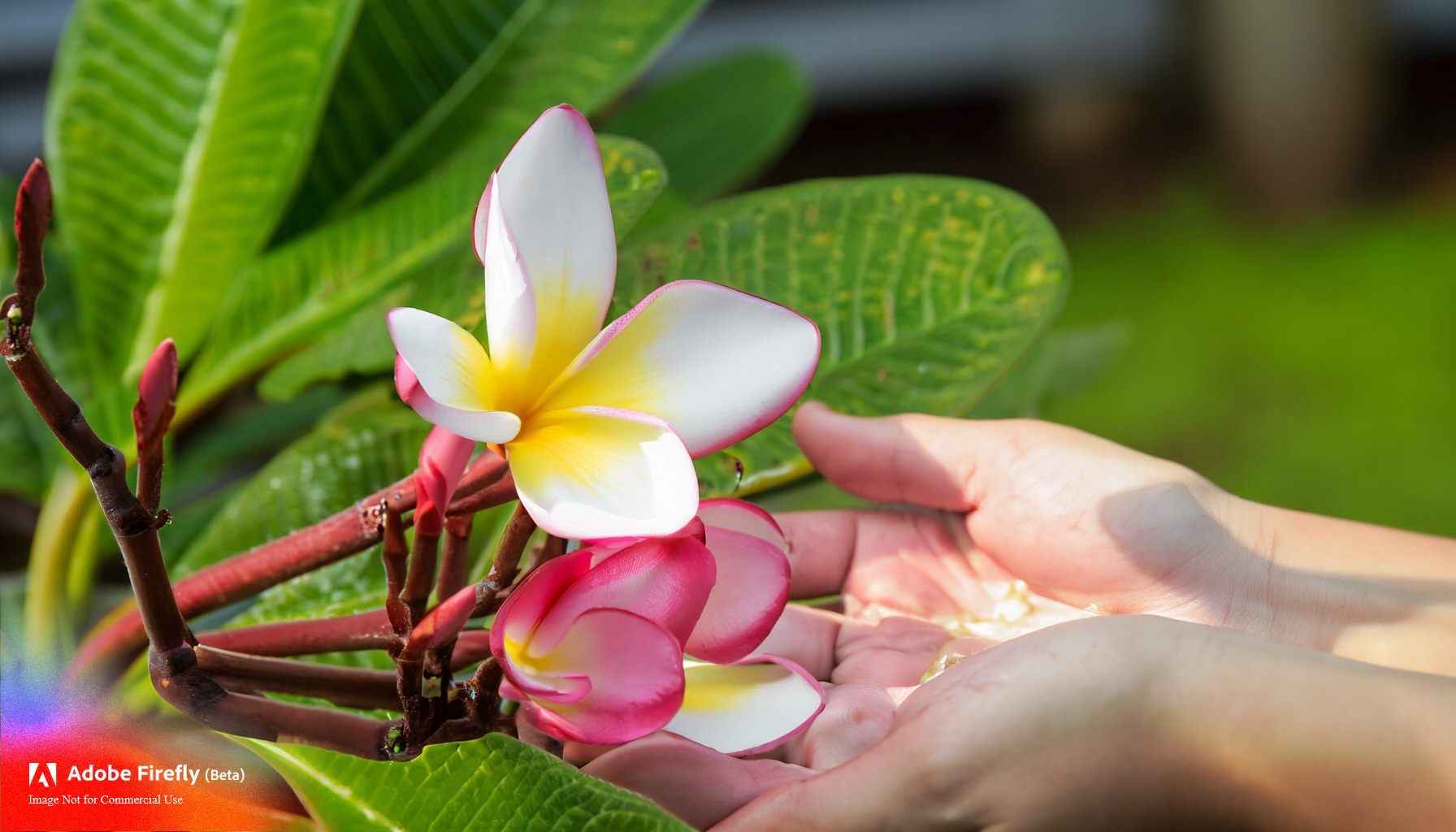
Achieving vibrant and abundant blooms in your plumeria plants requires a well-balanced and strategic approach to feeding. Proper fertilization provides the essential nutrients that plumerias need to develop healthy foliage and produce spectacular flowers. In this guide, we’ll explore how to feed your plumerias for vibrant blooms that will dazzle your garden.
Choosing the Right Fertilizer:
- NPK Ratio: Look for a fertilizer with a higher phosphorus (P) content relative to nitrogen (N) and potassium (K). For example, a fertilizer with an NPK ratio of 5-30-5 or similar is suitable.
- Bloom-Boosting Formulas: Some fertilizers are specially formulated for flowering plants and contain the necessary nutrients to promote robust blooms.
Feeding Schedule:
- Early Spring:
- As new growth emerges, begin feeding with a balanced, slow-release granular fertilizer that includes micronutrients.
- Apply the fertilizer according to the manufacturer’s instructions, taking care not to over-fertilize, which can lead to nutrient imbalances or burn.
- Mid to Late Spring:
- As plumerias approach their active growing season, switch to a bloom-boosting fertilizer with a higher phosphorus content.
- Apply the fertilizer every 4-6 weeks, adjusting the frequency based on the specific product’s recommendations.
- Summer:
- Continue using the bloom-boosting fertilizer to support ongoing flowering and growth.
- Monitor your plumerias’ response to the fertilizer. If growth seems excessive or foliage becomes dark green at the expense of blooms, consider reducing the frequency of application.
- Fall:
- As temperatures begin to cool and plumerias enter their dormant phase, reduce or stop fertilization.
- Allow the plants to naturally slow down their growth in preparation for dormancy.
Application Tips:
- Watering Before Fertilization: Water your plumerias thoroughly before applying fertilizer. This helps prevent potential root burn and ensures even nutrient distribution.
- Applying Near Drip Line: Spread the fertilizer evenly around the drip line of the plumeria (the area beneath the outermost leaves). This is where the majority of active root growth occurs.
- Avoid Fertilizing Close to Winter: In areas where plumerias experience winter dormancy, avoid fertilizing during the dormant season. Resume feeding in the early spring as growth resumes.
- Micronutrients and Supplements: Consider supplementing with micronutrients, such as iron, manganese, and zinc, if your plumerias show signs of deficiency, such as yellowing leaves.
Additional Care Tips:
- Adequate Watering: Proper watering is essential to ensure nutrients are taken up effectively. Water your plumerias when the top inch of soil feels dry.
- Sunlight and Air Circulation: Provide adequate sunlight and ensure good air circulation to enhance photosynthesis and nutrient uptake.
- Pruning: Regular pruning to remove dead or crowded growth encourages better airflow and overall plant health.
Conclusion:
By following a well-structured feeding regimen that includes bloom-boosting fertilizers and attentive care, you can provide your plumerias with the nutrients they need to produce vibrant, eye-catching blooms. Remember to tailor your feeding schedule to the specific needs of your plumerias and observe their response to ensure optimal growth and flowering. With proper care, your plumerias will reward you with a spectacular display of color and fragrance that will brighten your garden.

